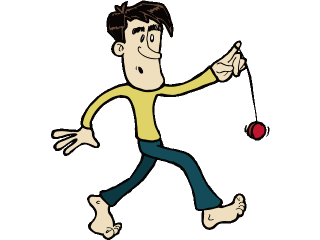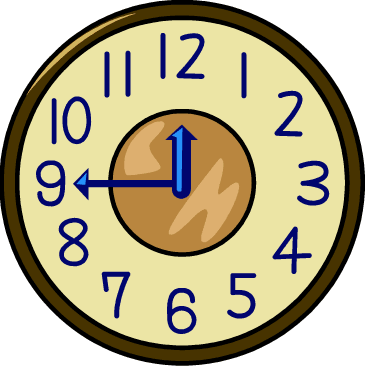ESL Describing People Reading
This page is all about ESL describing people reading. Reading is a good way to first learn how to use the vocabulary related to a specific topic. As it is reading you can work at your own speed and look up as many words as you need to so that you can understand all the passage.

This ESL describing people reading page has a reading passage that you should try to understand. The text is all about describing people, so to understand it you will need to have good knowledge of the describing people vocabulary. If there are any words that you do not understand, you can look at the ESL describing people vocabulary page.
Once you have finished reading and understanding the ESL describing people reading comprehension passage you should look at the multiple choice questions that follow it. When you have answered all the questions you can see how well you did and what the correct answers should have been by using the get score button.
ESL Describing People Reading Comprehension Passage
Differences between People
People differ physically from the moment of conception, but it is only after birth that an individual can be observed. Family traits and characteristics are noted by adoring parents who think the baby looks like another family member or definitely takes after the mother's side or, without a doubt, has his father's nose.
Eye colour, skin colour and the texture of our hair are all different and depend on our inherited genes. A baby born with ginger hair may in a few months’ time have fair hair as the birth hair falls out and is replaced. Hair can be fine, thick, straight or curly, and as we grow older it gets thinner. Some hair loss is experienced at quite an early age whilst others have a full head of hair throughout their lives. People with dark hair may find that it turns to grey or white even before they reach their 40's.
European people in general have paler skin than if your ancestors come from Africa or Asia. Skin can change colour if exposed to sunlight, but the tan does not last unless it is regularly topped up.
The rate at which we develop and grow is variable. Boys and girls of the same age show big differences in growth spurts especially when puberty is reached. At the age of 12, girls are much taller than boys of the same age, but at 16 years of age, boys shoot up and overtake the girls in height and body strength.
The way the body develops is not just a result of physical changes, as our mental processes have a large part to play in what we want to achieve. A desire to become a skilful footballer, a long distance runner or a strong swimmer require stamina and years of practise to try and attain the top level. Even with hours of body building activities and work-outs in the gym, a person will not be able to compete in a Strong Man competition if they have a small frame and fragile bones.
The food we eat will, to a certain extent, determine how we grow and gives us strong bones. A lack of activity and eating too much sweet sugary food can result in people gaining excessive amounts of weight. It seems unfair that one person can eat all sorts of fattening food and not put on weight whilst others just 'looking at a cream cake' can put on pounds or kilos.
ESL Describing People Reading Comprehension
Reading comprehension questions that go with the above reading passage.
Other Pages about Describing People that You Might Like
ESL Describing People Conversations
ESL Describing People Listening
ESL Describing People Vocabulary
ESL Describing People Writing
ESL 4u home › Reading › Describing People


|
|



New! Comments
Have your say about what you just read! Leave me a comment in the box below.